
 |
Welcome to Research Group for Process Metallurgy of Iron and Steel Making |
 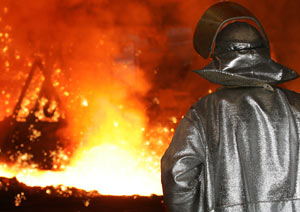 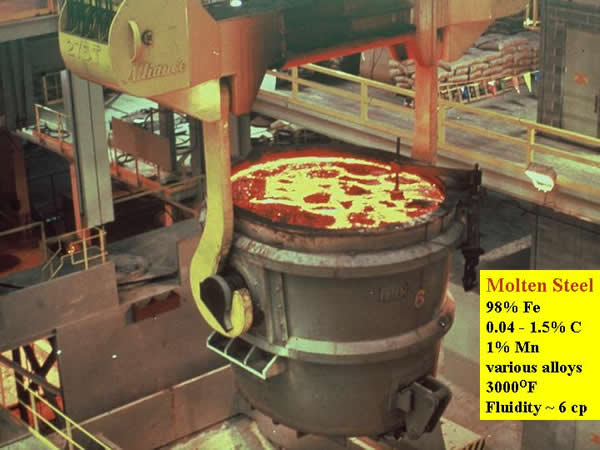 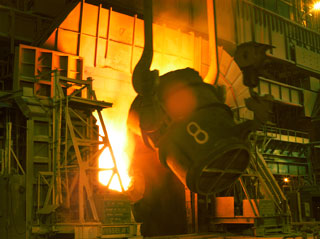 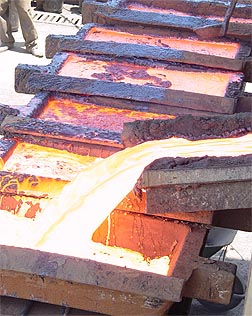 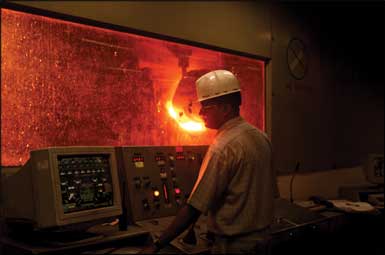 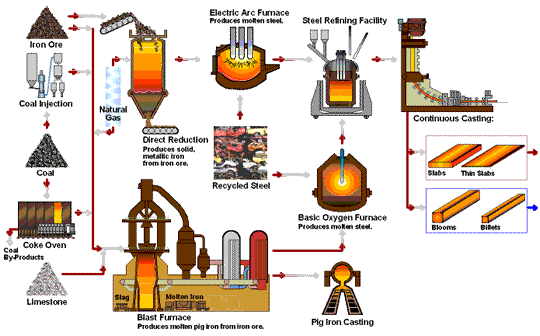  |
|||||||
| Home | Education and Experience | Research Interests | Current research/projects | Teaching | Publications | Group | Photo Gallary |
Excerpts from ‘Long Term Perspectives for Indian Steel Industry’, Dr. A.S. Firoz Chief Economist Economic Research Unit, Ministry of Steel, 20141.
Issues in Human Resource Development , Technology, R and D, Ownership and Competitiveness of Indian Steel Industry1
Human Resource Development
1. Steel is not just a capital intensive industry. It requires a huge pool of exceptionally talented and skillful workers at all levels of management and operation. The manpower and skill requirement go beyond the steel industry as similar demand will come from the allied and ancillary industries, development and management of infrastructures related to the steel plants and services sector the support the industrial activities and civic and social life. Currently, the steel producers are facing shortage of skilled manpower. Shortages seem to be more on the side of quality than quantity.
2. The steel industry has reported that it has found it difficult to attract talents and retain them due to the fact that there are alternative areas such as finance, marketing and corporate management which are more attractive to an engineer working at a plant which usually is located in a remote area. In many such cases, the initial earnings for such disciplines are much higher than for the stable businesses such as steel making. There is also a preference among the young to live in metropolitan cities with better amenities and quality of life.
3. While the steel industry will have to overcome such challenges with offering higher and competitive compensation and work hard to improve upon the quality of life in the plants, the issues pertaining to the overall shortages of employable manpower will have to be resolved at a national level in a mission mode. It may be worth noting that the other industries in the country too faces the same problem. In many ways, the industries, in fact, are competing among themselves to attract talents and retain them.
4. While it will not be possible to forecast the exact number of workers that will be required to meet the requirement of each specific skill group, Mecon has estimated that to produce 300 million tonnes of crude steel, there will be requirement of 315,000 people for direct employment and 12,62,000 for indirect employment.
5. Given the current status of the educational and training institutes and their capacities, the government or the private sector will have to make massive efforts to create this pool of skilled workers for the steel and allied industries alone.
6. For the success of huge human resource development programme, it will be necessary to carry out integrated planning at macro and micro levels in detail through large scale and in depth socio-economic study, planning and arrangement of resources, formulation of strategies, creation of necessary infrastructure, before going ahead with implementation in a planned and phased manner.
Training in Technical Disciplines
7. For employment in steel and allied industries, specialised technical skills are required in different areas. Therefore, the first step would be to assess the skill levels of the local community with the help of trained/institutional experts. Thereafter, appropriate technical training modules can be designed on the basis of skill-sets, trainability parameters and academic background to make optimum use of employment opportunities. The manpower, to be employed for the operation and maintenance of the steel plant, right from the managerial level to the semi-skilled category of workforce, needs to be adequately oriented and trained to the needs of steel plant technology and its various spheres of activities. Such an orientation is a pre-requisite for the plant’s human resources development (HRD) so that the personnel are available at the time of construction and commissioning of the various plant units and for subsequent operation and maintenance.
8. To get the skilled manpower and also to develop skills amongst the local populace, following facilities are required to be set–up in and around the upcoming steel plants.
Skill development centres: To impart specialised skills amongst the local populace, state-of-the art skill development centres need to be set up. Training modules are to be developed in various skills required to operate and maintain the steel plant. Skill development centres comprises of class rooms and workshops to provide technical skill training to local population. This will help in generating skilled manpower that can be suitably deployed in the steel plant.
Faculty development centres: Experts from particular technological area, from any integrated iron and steel plant/ from consultancy organisation should teach about the latest trends in iron and steel sector to the faculties of premier institutes.
Training in existing steel plants: The managerial and skilled personnel in various categories may be trained in existing steel plants of India in their respective trades.
Training at the premises of equipment supplier: Plant personnel can also be trained at the works of equipment suppliers depending on the type of equipment.
Improvements Needed at the Academic Front
9 The academic institutes frequently are understaffed in the area of Ferrous Metallurgy; this is particularly disturbing as the number of students in the area of Materials and Metallurgical Engineering has more than tripled in the last 5 – 7 years.
A University for Higher Learning in Iron and Steel
10. Clearly a need exists to have a higher school of learning in Ferrous Metallurgy: a Graduate Institute of Ferrous Technology is recommended. The objective of this institute would be to help those working in the area of iron and steelmaking to take up courses in ferrous alloy fundamentals, innovation in steel products and industry-related technologies. These would be specialized courses and their course contents would be directly drawn from the requirements of the industry.
11. The location of this institute would be near one of the steel industry with satellite campuses at other steel industry towns. Managers from the steel industry are expected to participate actively at the institute and take courses.
Engagement of Leading Academic Institutes bodies with Steel Industries
12. It is suggested that as a first step, the leading academic institutes revisit their Ferrous Metallurgy syllabus and research programme with the active involvement of the steel industry. Presence of (steel) industry representative on the (relevant) Council of the Institutes would also be beneficial to both the parties.
Improvements Needed at the Industrial Front
13. Since it is the industry that is going to be the beneficiary of the human resource that emerges out of the institutes, it has to build a long term plan to have a continuous flow of skilled manpower at all levels. The company HR policy should not merely be routine affairs of manpower management. The companies have to devise specific policies and make efforts to retain skilled manpower and take serious note of the reasons for attrition.
14. Shortage of professional/ experts due to perceptible decline of interest in pursuing career in metallurgical industries amongst B Techs, M Techs and PhDs is an area of concern. Education systems and corporate policies are to be tuned to facilitate and generate domain experts in every walk of steel plants to achieve higher efficiency and productivity.
15 Human resource requirement will be based on the technology engaged in steel production, the size of the plants and the economies of scale derived out of them, location of the plants and the extent of peripheral development required to sustain economic production, etc.. At this stage, it will be premature to project any specific figure how many engineers, non technical managers, industrial workers both in technical and non-technical areas, etc.. unless a detailed study is undertaken. A study to this effect has already been commissioned by the Ministry of Steel.
16 The more important point in this regard is the creation of educational institutions which will maintain a continuous flow of qualified people for absorption in the steel industry. At this moment, there is already a shortage and the same will rise unless there are special efforts.
Reference: